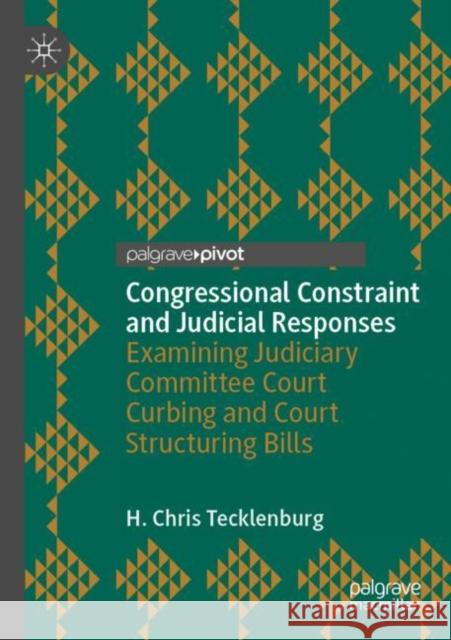Congressional Constraint and Judicial Responses: Examining Judiciary Committee Court Curbing and Court Structuring Bills » książka
topmenu
Congressional Constraint and Judicial Responses: Examining Judiciary Committee Court Curbing and Court Structuring Bills
ISBN-13: 9783030444051 / Angielski / Miękka / 2021 / 120 str.
Congressional Constraint and Judicial Responses: Examining Judiciary Committee Court Curbing and Court Structuring Bills
ISBN-13: 9783030444051 / Angielski / Miękka / 2021 / 120 str.
cena 201,72 zł
(netto: 192,11 VAT: 5%)
Najniższa cena z 30 dni: 192,74 zł
(netto: 192,11 VAT: 5%)
Najniższa cena z 30 dni: 192,74 zł
Termin realizacji zamówienia:
ok. 22 dni roboczych
Bez gwarancji dostawy przed świętami
ok. 22 dni roboczych
Bez gwarancji dostawy przed świętami
Darmowa dostawa!
Kategorie BISAC:
Wydawca:
Palgrave Pivot
Język:
Angielski
ISBN-13:
9783030444051
Rok wydania:
2021
Wydanie:
2020
Ilość stron:
120
Waga:
0.18 kg
Wymiary:
21.01 x 14.81 x 0.79
Oprawa:
Miękka
Wolumenów:
01
Dodatkowe informacje:
Wydanie ilustrowane











